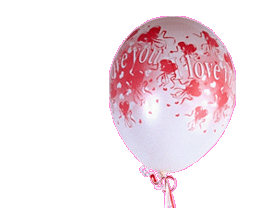The rising cost of designer fashion: Is it all just an illusion?
If, like me, you’re prone to the occasional splurge on designer clothing and accessories, you’ll have noticed that their price has been rising at an inordinate rate over recent years – by 60% in the last 10 years to be exact, according to the US Bureau of Labor Statistics.
If you’re not found wandering around the shoe department of Harvey Nichols with the same frequency as I am – you know, quietly foaming at the mouth and pushing your nose up against the Rupert Sandersons – this is probably a surprising statistic, particularly given the paucity of spare cash among shoppers since the start of the recession.
However, the credit crunch has failed to burst, or even puncture, the designer bubble. In fact, the luxury market has, of late, taken to artificially inflating prices to make their wares seem even more exclusive and desirable. And, judging by the enduring buoyancy of the market, it’s working.

Take designer handbags: In 2009, when I was elbowing WAGs out of the way for the latest ‘It’ bag in Selfridges, it was all about Mulberry’s Alexa satchel, inspired by Alexa Chung, which cost a hefty £750.
A mere four years on and it’s virtually impossible to find an It bag for under £1000. Mulberry’s brand new satchel for AW13, the Primrose, is smaller than the Alexa (itself now £895) but costs £1200 (and, sure enough, I already want it because it’s gorgeous and sought-after). And luxury labels Chanel and Hermes now charge a whopping £2,975 and £6,000 for their classic 2.55 and Birkin bags respectively.
Why the increase? Well, prices are being driven up by some of the same factors we’re seeing on the high street i.e. the rising cost of raw materials, plus the rising labour and transport costs associated with manufacturing in the Far East. There are also additional marketing costs associated with promoting a luxury brand globally, which are on the up.
However, where the luxury market differs from the high street, which – certainly at the cheaper end – still offers extremely, sometimes absurdly, competitive price-points, is that it actually intentionally inflates prices. Indeed, according to Business of Fashion, Burberry admitted to this very practice in March this year, in its bid to attract new, high net worth, shoppers.
The perception of exclusivity plays a huge part in this market. By setting the price higher, it immediately has the effect of making an item even more desirable to shoppers well versed in fighting for must-have pieces and copying celebrities’ high end fashion bling. Designer stores have now become experts in this dark art, at creating the illusion of luxury.
Louis Vuitton and Hermes refuse to have sales, for instance, to avoid cheapening the brand and attracting customers who only buy designer clothing at cut-price.
Eventually, of course, those shoppers who like to treat themselves very occasionally to the latest designer shoes or handbags will be completely priced out of the market.
Enter the premium high street brand to fill the gap. Brands such as Whistles, Sandro and Coast are distancing themselves from the traditional high street with premium collections and more luxury pieces, with bags, shoes and leather or silk pieces costing up to £500, aimed at snaffling the erstwhile sporadic designer shopper.
Which all begs the question: Is Sandro the new Saint Laurent?
Tags:
—————
